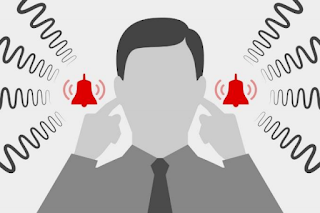How to survive the apocalypse

Advanced lesson plan (B2 and above): How to survive the apocalypse - BUY ME A COFFEE if you like my FREE ESL content Who are the "doomsday preppers"? In light of the global pandemic of 2020, should we all start stockpiling and making contingency plans for future catastrophes? In this B2/C1 worksheet, students will learn some survival tips, discuss the psychology of "doomsday preppers" and learn phrases related to the topics (e.g. "better safe than sorry", "tinfoil hat conspiracy theorists"). Educational materials shouldn't be paywalled. Show your support for my ESL content by buying me a coffee! Lesson activities: 1) To warm up, students will label nine survival items and discuss which three they would want in an apocalyptic scenario. Key vocabulary: axe, backpack, sniper rifle, gas stove, torch, compass, thermos flask, gloves, first aid kit. 2) Students will watch a video (8:41), offering tips on how to survive in the wilderness - fr



